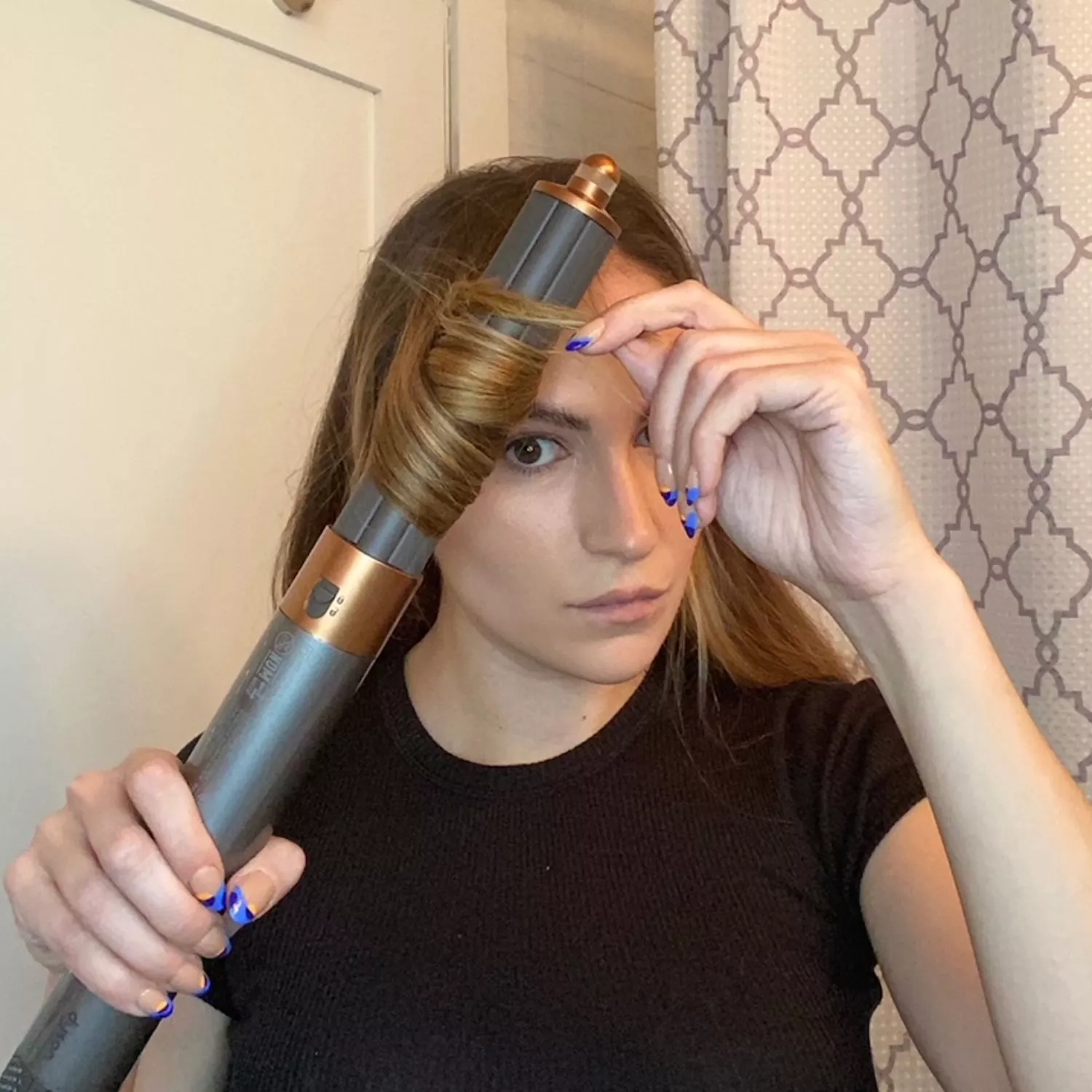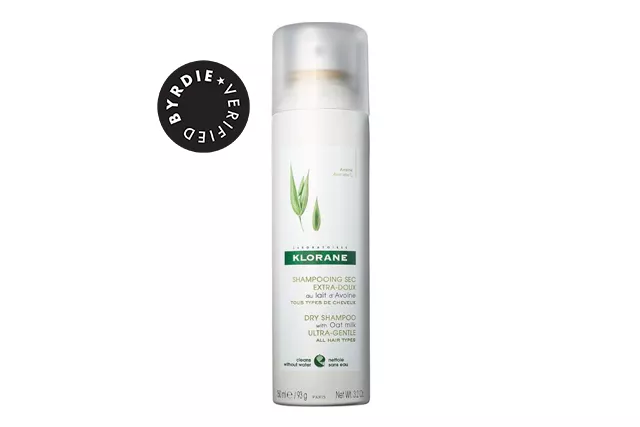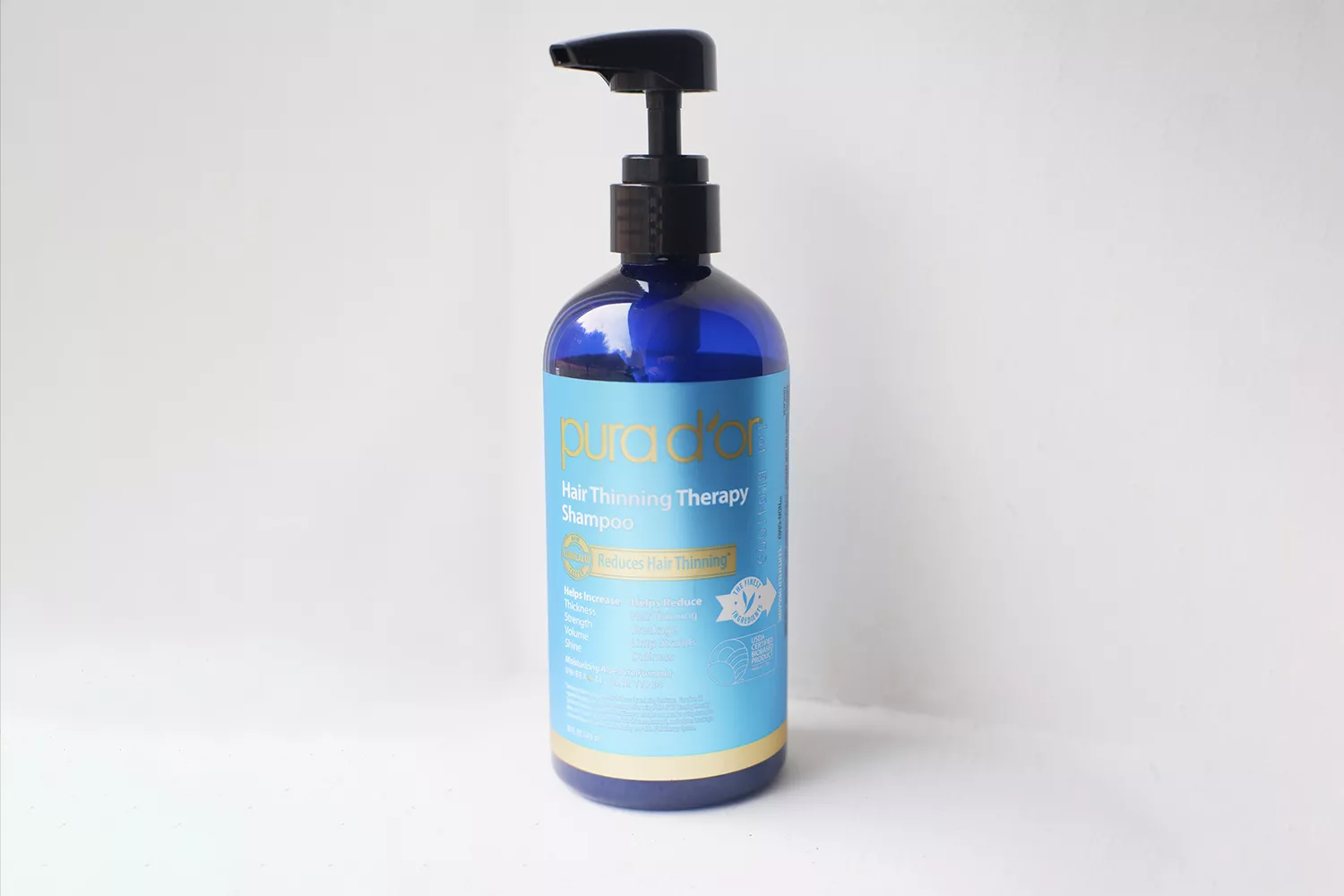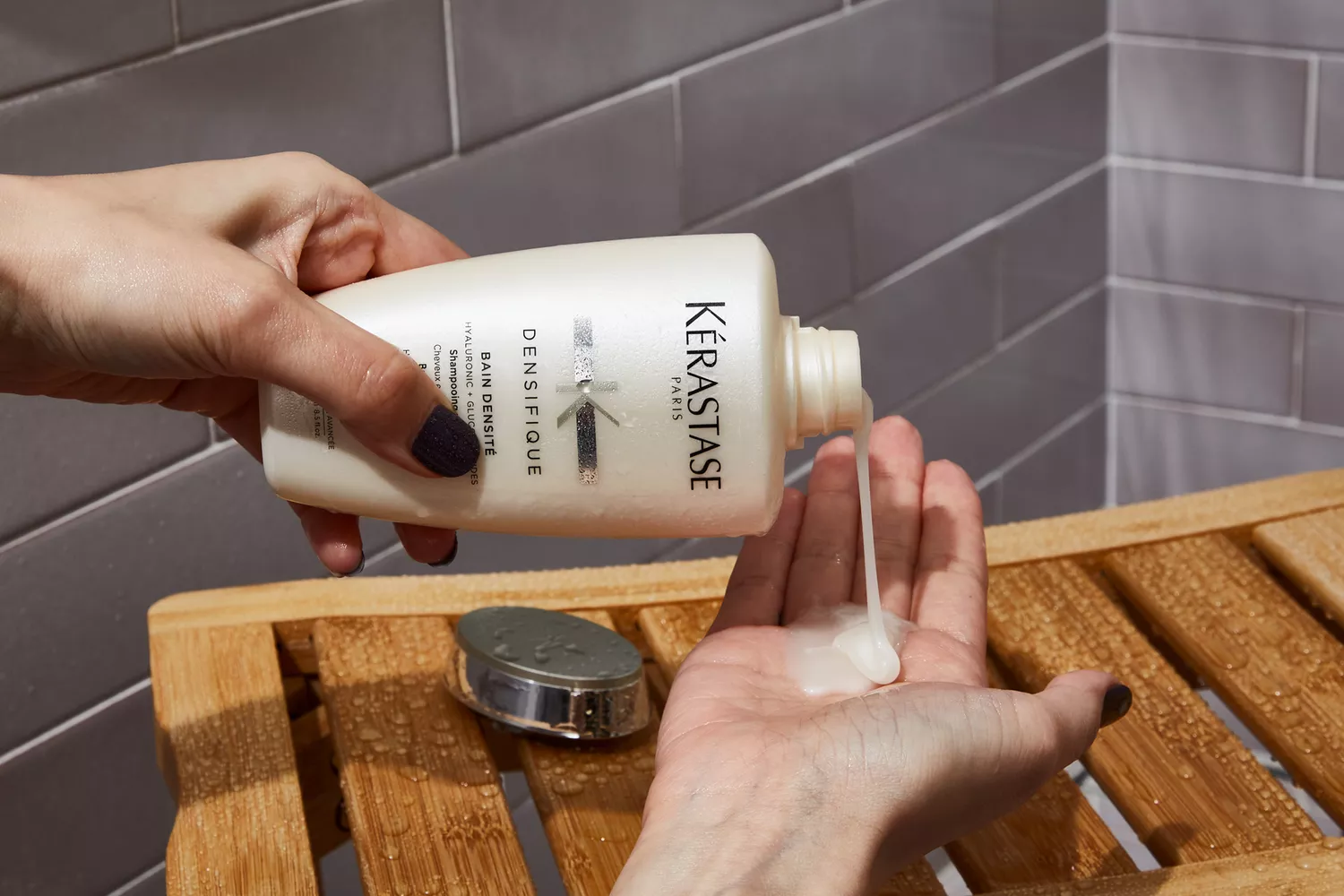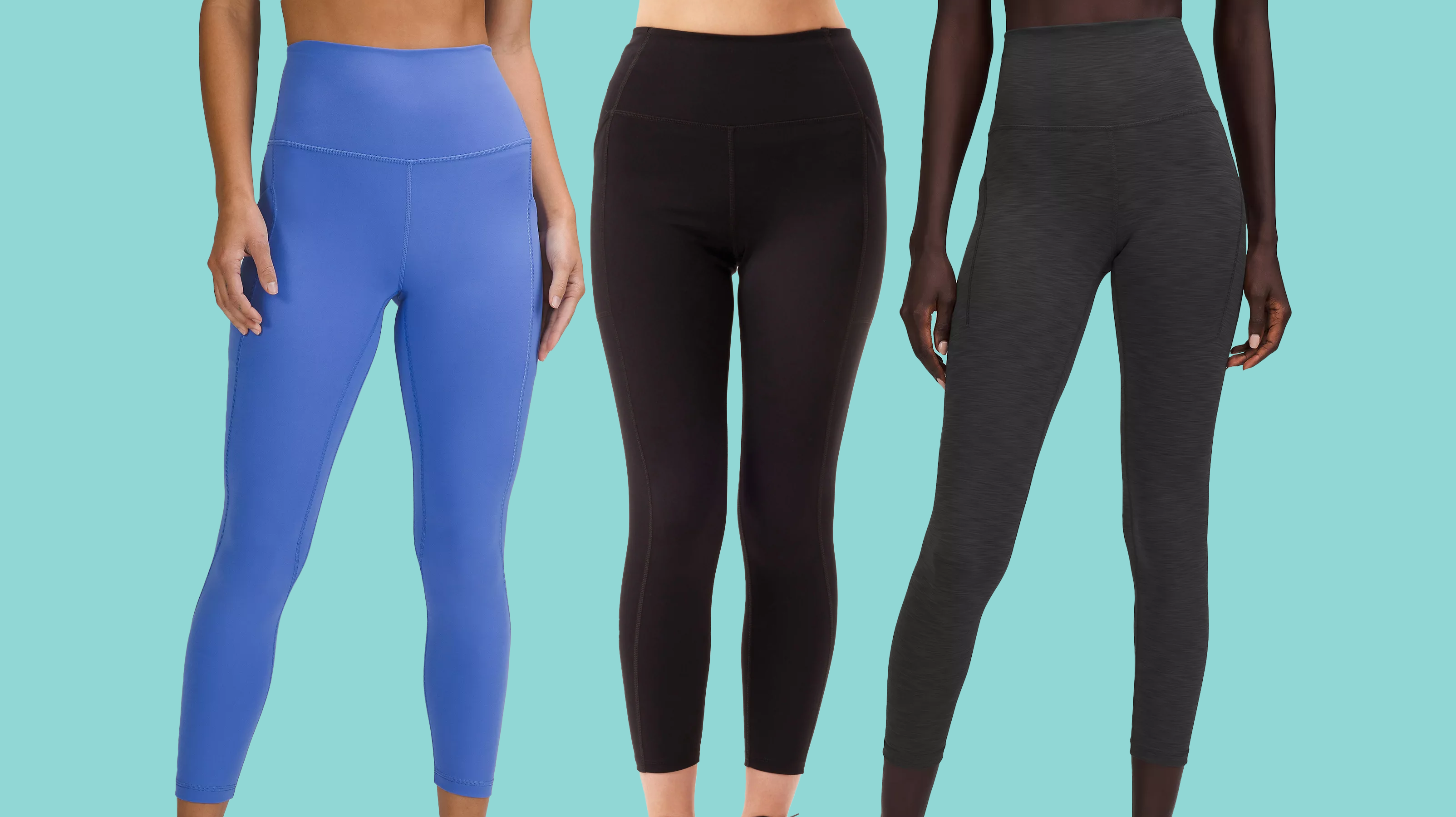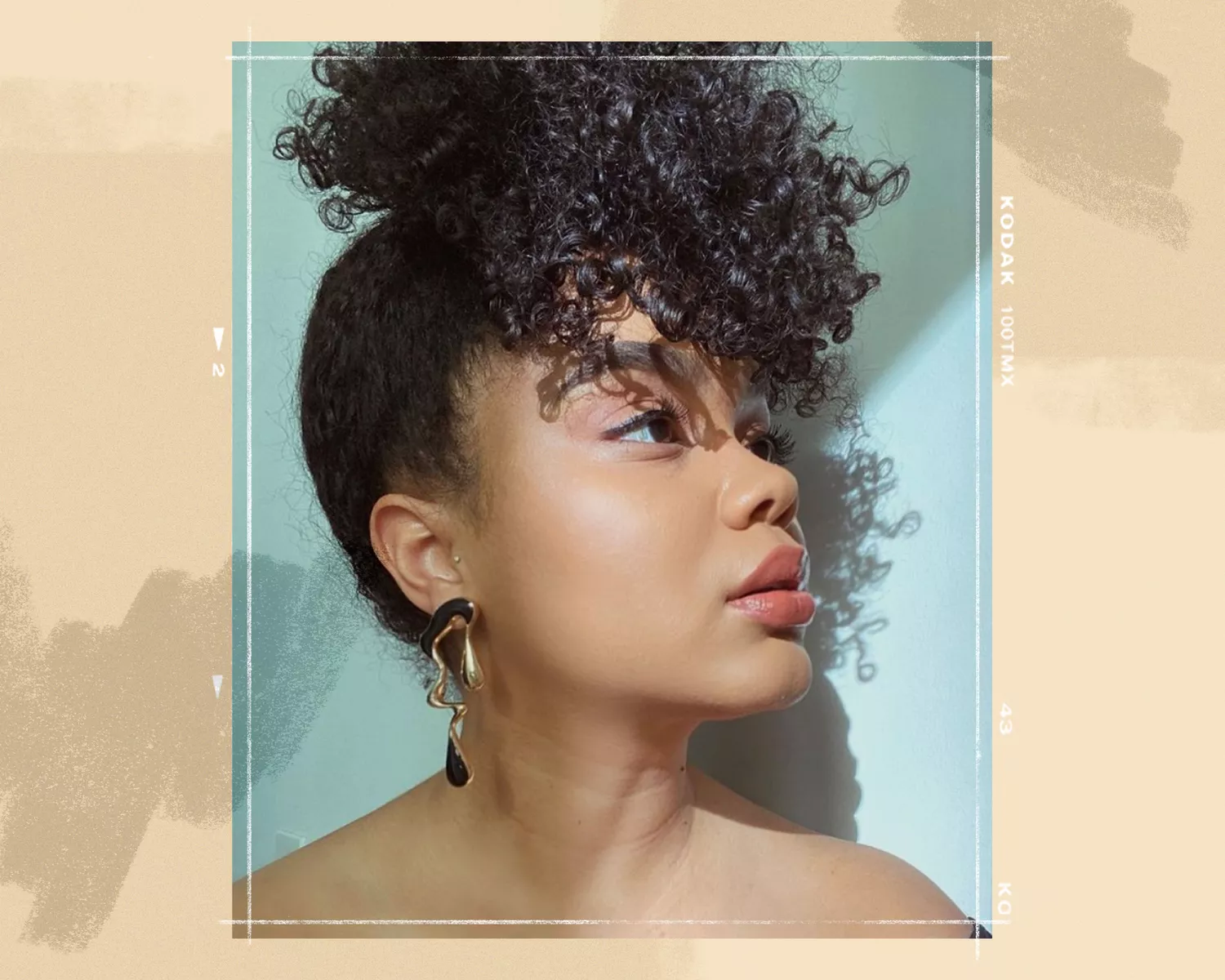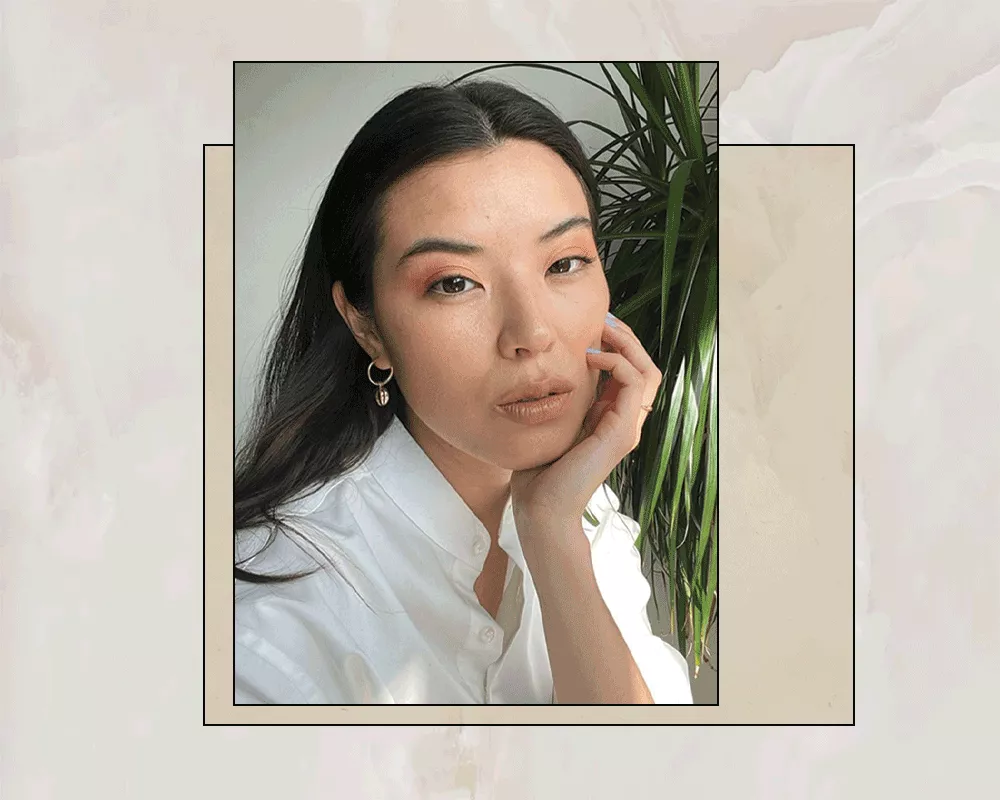
Hair straightening treatments are nothing new. However, over the years, there have been formula variations that lead to different types of results. For example, keratin treatments and Brazilian blowouts work to de-frizz strands and minimize curly hair waves. Japanese hair straightening—also known as thermal reconditioning—creates permanent pin-straight strands. Depending on the results youre looking for and your hairs current condition, one may be better for you than the other. However, were here to talk about Japanese hair straightening treatments.
"Japanese hair straightening is a chemical process that completely restructures the hair bonds that takes any textures such as curly, wavy, and frizzy hair to permanent pin-straight flat hair," explains Michelle Hong, founder, and creative director of NYC The Team. "It is irreversible and will stay straight until the hair is grown out."
As with all chemical hair treatments, Japanese hair straightening has drawbacks to be wary of. So, we tapped Michelle Hong, founder and creative director of NYC The Team, and Kim Gueldner, celebrity hairstylist and founder of Voël Hair Studio, to break down what thermal reconditioning is, its benefits, why there are controversies surrounding it, how to care for your hair post-treatment, and more. Read ahead for their tips.
What Are the Benefits of Japanese Hair Straightening?
For those looking for super-straight hair, thermal reconditioning is a godsend. "[Youll] always have sleek, smooth, stick-straight hair without any blow-dry or heat tools," elaborates Hong. Plus, she says that hair will never get frizzy.
What Are the Potential Drawbacks of Japanese Hair Straightening?
If your hair has been colored or received other chemical treatments, thermal reconditioning poses a higher risk of damage. "Multiple sessions of Japanese straightening, or straightening on top of highlighted hair, can severely damage the hair," furthers Hong. However, an experienced stylist should know if your hair is a good candidate for treatment — just be honest with them and tell them if your hair has been processed in any way.
Furthermore, Hong says that as your hair grows, there will be a line of demarcation between the chemically straightened hair and the natural regrowth. And remember, all the hair thats been treated will be depleted of any existing body.
Select a stylist who is experienced in Japanese hair straightening. Before scheduling an appointment, ask how many treatments theyve done, whether or not theyve worked with your hair type, and how many years theyve been doing them.
Keratin vs. Brazilian Blowout vs. Japanese Straightening
For starters, Brazilian Blowout is a sub-brand of keratin, and they work similarly to minimize frizz and create a straighter texture. Theyre still popular, but a few years after they became popular, reports emerged about how much formaldehyde (a known carcinogen) is sometimes used in the Brazilian treatments,1and their popularity decreased as a result. Apart from creating straighter hair, Hong says that hair also becomes easier to blow-dry, and unlike with Japanese hair straightening, keratin-treated hair can still hold waves and curls. With keratin treatments, Hong says results last up to four months.
Japanese straightening, on the other hand, creates completely pin-straight strands. The treatment doesnt gradually fade, as Brazilian blowouts do, and instead, hair will remain completely straight until its cut off. Furthermore, Hong says that treated hair wont be able to hold curls or waves. "If you dont want it stick-straight, definitely express that to your stylist, as it can make that hair extremely flat," says Gueldner.
What Is Formaldehyde?
A colorless, strong-smelling chemical used as a preservative and binding agent. It can be found in products like particleboard, glue, and cosmetics.2
How Japanese Hair Straightening Treatments Work:
Japanese hair straightening relies on a unique solution applied to hair, similar to a straight perm. This solution breaks down the hairs bonds that give it shape, allowing it to become pin-straight when the flat iron is applied.
So, after hair has been analyzed to ensure its in good enough condition to be treated and has been cleansed of any residue, Hong says a pretreatment mineral spray is applied to the hair to keep it healthy throughout the process. Then, the hair is saturated with the activator solution, rinsed, dried with a blow dryer, and flat ironed with a ceramic iron in small 1/8-inch sections. Like a perm solution, a neutralizer is applied, which "freezes" the style in place. Hair is then rinsed and conditioned again before blow drying straight and taking a flat iron through it.
The entire process is labor and time-intensive. Depending on the length of your hair and its thickness, you can expect to be in the salon for a few hours.

Post Japanese Hair Straightening Care:
You have to be very careful with your new pin-straight hair post-treatment. You cant wash it or pull it into a ponytail for at least three days while it sets. Once you pass the three days, Hong says to use a sulfate-free shampoo, use hair masks regularly, and avoid products with alcohol. Gueldner says to avoid hot-styling tools if possible.
How Long Do Japanese Hair Straightening Results Last?
"It is permanent, which means it wont wash out of the hair like a Brazilian blowout or a keratin treatment does. It chemically changes the structure of your hair while the other smoothing treatments coat it," says Gueldner. While some say the treatment lasts six months, she clarifies that thats when you notice your roots growing in. "Because it grows out as opposed to washing out, that is when you will want to get a touch-up," she adds.
Before and After: How a Keratin Treatment Changes Your Hair
Article Sources
We takes every opportunity to use high-quality sources, including peer-reviewed studies, to support the facts within our articles. Read our editorial guidelines to learn more about how we keep our content accurate, reliable and trustworthy.
- Pierce JS, Abelmann A, Spicer LJ, et al. Characterization of formaldehyde exposure resulting from the use of four professional hair straightening products. J Occup Environ Hyg. 2011;8(11):686-699. doi:10.1080/15459624.2011.626259
- National Center for Biotechnology Information. PubChem compound summary for CID 712, formaldehyde. Updated October 31, 2020.



